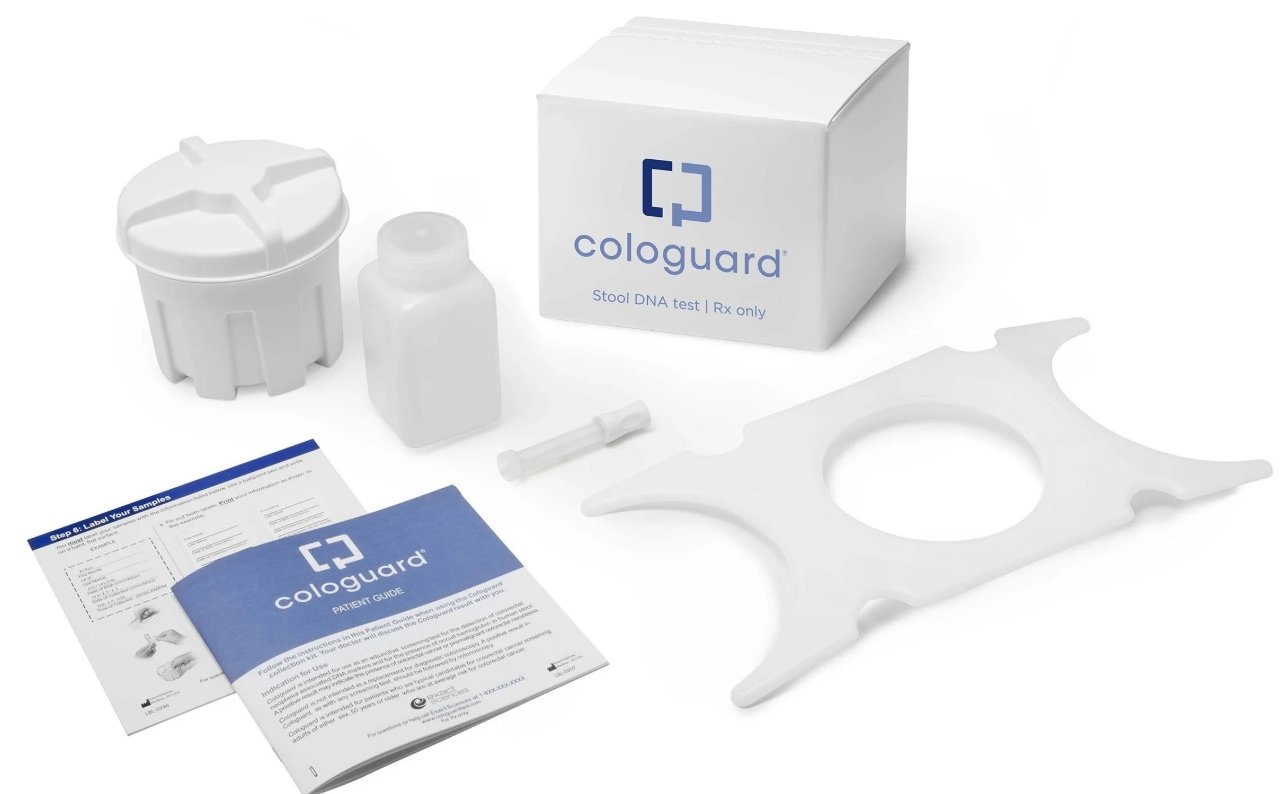
The field of Antibody-Drug Conjugates (ADCs) has experienced a remarkable transformation, shifting from dormancy to a surge in technological advancements. The sudden interest in ADCs is driven by their promising combination with Immunotherapy (I/O), yielding astonishing datasets.
Despite a perceived stagnation post-Kadcyla, recent breakthroughs, particularly in linker technology, have injected new vitality into the field. The landscape has evolved with heightened innovation, integrating platforms, and artificial intelligence (AI) into drug discovery processes. Initially associated mainly with oncology, ADCs are even sparking excitement in non-oncological applications.
The evolution of ADC technology has led to substantial improvements in therapeutic indices, enhancing their effectiveness. The four generations of ADCs, with the latest defying established norms, showcase the industry's commitment to advancing the technology. This commitment has resulted in a notable turnaround from a historically sluggish funding climate, as evidenced by the surge in ADC deals in 2023.
Since 2019, 10 out of 15 ADCs have gained approval, reflecting the growing stability and specificity of the technology. ADCs are poised to have the most valuable pipeline among next-generation modalities, emphasising their strategic importance in pharmaceutical development.
The financial landscape of the ADC field in 2023 saw substantial investments, with an average fundraising amount of $84.4 million and a total of $760 million raised. The majority of deals focused on technology platforms, particularly linkers and conjugation technologies which constituted approximately 28 per cent. Acquisitions dominated the scene, accounting for around $54 billion, highlighting the robust financial activity in the space.
Pfizer's $43 billion acquisition of Seagen, the largest deal of the year, underlines the industry's confidence in the potential of ADCs. The appetite for ADCs is evident, with high demand extending even to preclinical and discovery-stage programmes. Advances in linker technologies and favorable clinical data have accentuated pharma’s hunger.
Comparing ADCs to other emerging therapeutic modalities, such as cell and gene therapies, underscores the unique advantages that they bring to the forefront. ADCs are highly specific and have become very stable, thereby reducing off-target effects and potential side effects on healthy tissues. This targeted precision is a significant advantage, contributing to a more favourable safety profile, even with the bystander effect of newly developed ADCs.
Additionally, manufacturing and scalability are areas where ADCs shine. They are relatively less complex to manufacture and are easy to administer, making them readily available and easier to implement in healthcare settings. This simplicity in production makes ADCs more scalable and cost-effective; they offer a more streamlined and accessible therapeutic option.
More importantly, ADCs follow the established regulatory pathway for traditional biologics, which is generally faster and less complex compared to the regulatory framework for cell and gene therapies. The latter, being a relatively new field, faces evolving and challenging regulatory paths.
Stepping into 2024, an expectation of more deals, especially M&As, positions ADCs at the forefront of pharmaceutical development. The emphasis on technology advancement and the precision offered by ADCs over alternative modalities further solidify their role as a transformative force in the evolving landscape of targeted therapies.
Joe Daccache, Project Leader, DeciBio




